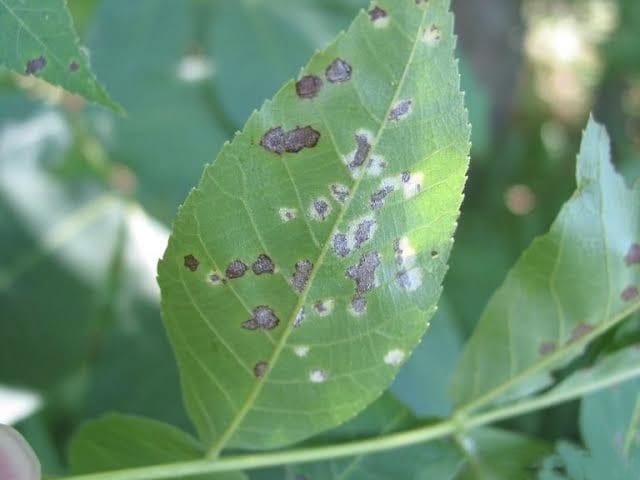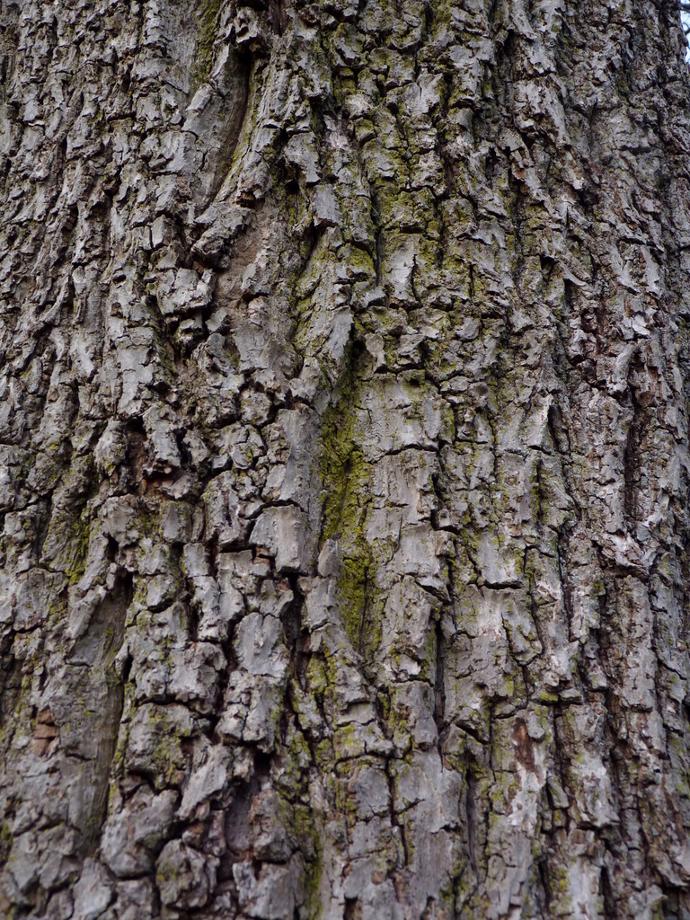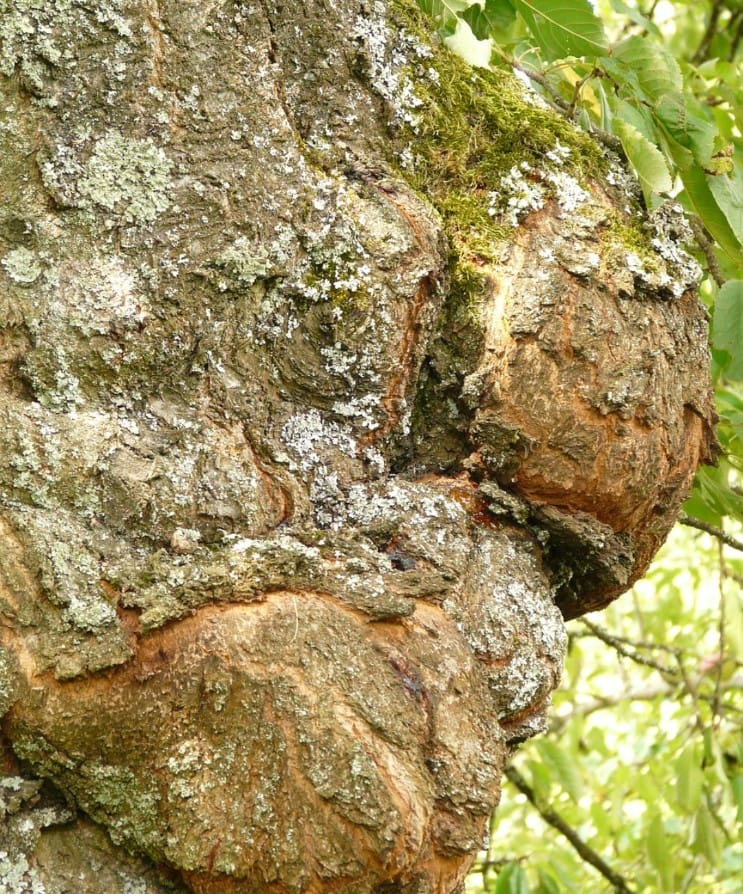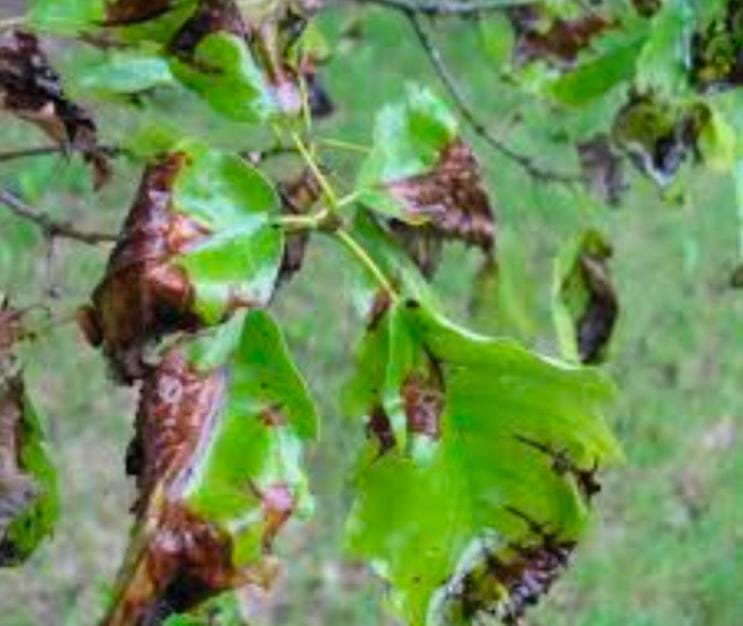Mockernut Hickory
Mockernut hickory trees, 50-80 feet tall in Zones 4-9, exhibit moderate growth in well-drained soil and full sun. The nuts produced by mockernut hickories are edible, though they have thick shells.

Habit
Tree
Height
10-12 meters
Growth
Moderate
Soil
Well-drained, sandy loam
Shade
Full Sun
Moisture
Moderate
Edible
Yes
Medicinal
No
Origin
North America
Climatic Condition
Temperate, sunny
Temperature (°)
20-30
Humidity (%)
50-60
Potting media
Sandy or loamy soil
Fertilizers
Nitrogen-rich
Watering
Low
Plant Weight
500-1000 grams
Flowering Time
Spring to Fall
Soil Ph level
6.0-7.0
Water Ph level
6.5-7.0
Soil EC
0.3-0.4 mS/cm
Yield Per Plant
Low
NPK ratio
10:10:10
life Span
10-20 years
Health Benefits
Used for timber, supports heart health, promotes digestive function
Suggested Grow Media or Potting Mix ?
50% loamy soil, 30% compost, 20% sand
Suggested Fertigation/Fertilizers
Fertilize every 6 weeks with a balanced, slow-release fertilizer.
Common Diseases and Remedies
Trunk Rot , Downy Spot .
Black-brown colour rots appears on trunk , White downy coating on the underside of the leaves .
Sanitation , Remove and destroy infected plant parts .
HEALTH BENEFITS
- Nutrient-rich nuts – High in protein, healthy fats, and antioxidants.
- Bone health – Good source of magnesium and phosphorus.
- Anti-inflammatory properties – Helps reduce joint pain and muscle soreness.
What is a mockernut hickory Plant ?
Hairy walnut (Carya tomentosa), commonly known as false walnut, false walnut, white walnut, white heart walnut, walnut and cow walnut, is a tree belonging to the Walnut genus in the Carganaceae family. It is the most common walnut tree, mostly in the eastern half of the United States, and has a long lifespan, sometimes up to 500 years.
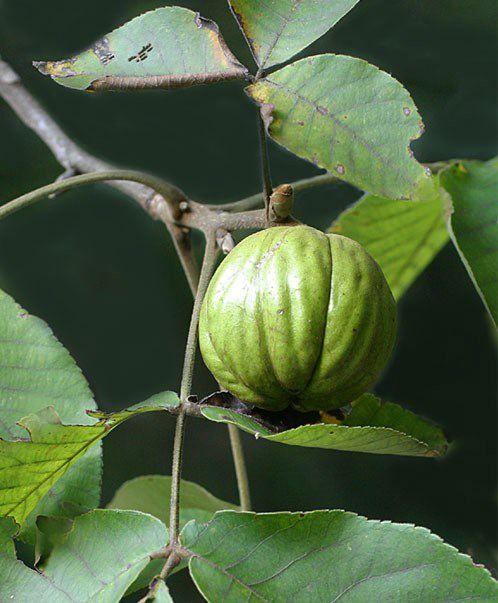
What Are The Different Types Of Mockernut hickory ?
1. The buds of pignut walnut
Smaller and thinner than those of pignut walnut. The loaves are smooth and rib-free.
2. Shagbark Pecan
Found with bare tree nuts in the southern plains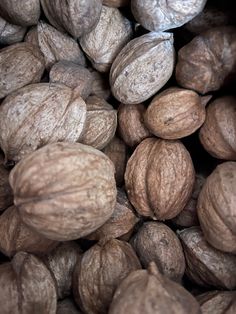
How to care for mockernut hickory plants?
Keep them well watered, especially if you plant them in pots during the summer months. They do not like cold and wet roots, so give them enough water, especially when they are growing. It is best to water your Moknat walnuts perfectly.
Location
Carya tomentosa Carya tomentosa is a tall, short-armed tree with a narrow crown and upright branches. It is common in the eastern United States, into the western part of Kansas and Texas, and into eastern Iowa.
Sun
Mockernut is the most common walnut tree and can grow up to 30 meters in good conditions. It adapts to a variety of well-drained soils and prefers full sun.
Soil
This tree adapts to well-drained sandy and clay loam soil and is drought tolerant once established. It grows best in full sun and rich, moist soil with plenty of growing room. Fundamentalism is deep and difficult to change. Keep roots moist before planting.
Hydration
How to water walnuts? Water newly planted plants regularly after the first watering during planting. Pecans are drought tolerant once established, but in dry, hot conditions they should be given 1 inch of water per week.
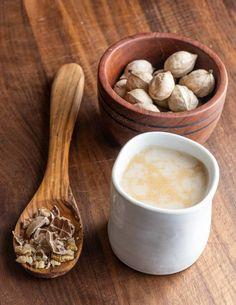
Nourishment
Carya tomentosa needs nitrogen, phosphorus and potassium.
Issues
Mockernut is not easily damaged by ice or snow, but the product is damaged by ice. Many birds and animals eat the nuts of red walnut trees. This feeding, combined with insect and disease problems, eliminates the seed crop every year except in years when seed is abundant.
What are the Benefits of the Mockernut hickory plant ?
The inner bark is chewed to treat mouth ulcers and can be used as a poultice. Nuts are rich in fatty acids that are good for the heart and also contain essential nutrients and protein.
FAQs About Growing Mockernut hickory
1.Is mockernut hickory simple or compound?
Walnut leaves are always compound, meaning there are multiple leaves (seven or nine) around a stem. All leaves grow up to 20 inches long and each leaf grows up to 8 inches long. Chapter
2. What is the mockernut habitat?
Based in the mid-Atlantic and southern and western highlands, pecans grow on many soil types with slopes of 25% or less, including fine loam, coarse loam, a mixture of clay and well-drained quartz sand. At elevations above 25% bare trees usually grow on coarse loam soil.
3. What is the medicinal use of mockernut hickory?
Mockernut Pecan has some medicinal uses. The plant is used as an anti-cold, astringent, diaphoretic and emetic. It was also used to treat polio. The inner bark can be chewed to treat mouth ulcers and used as a cosmetic dressing.
4. What is the common name for mockernut hickory?
Hairy walnut (Carya tomentosa), commonly known as false walnut, white walnut, white walnut, white heart walnut, walnut and cow walnut, is a tree in the Juglans genus of the Juglandaceae family.
5. What is the fruit of mockernut hickory?
Its fruit is a pear-shaped, thick-shelled (5-6 mm) sweet-seeded walnut3. When ripe, the trunk splits into four thick (4 mm) sections 2. Mockernut nuts are native to the eastern United States, including Maine, Michigan, Illinois, Nebraska, Florida, and Texas3.
